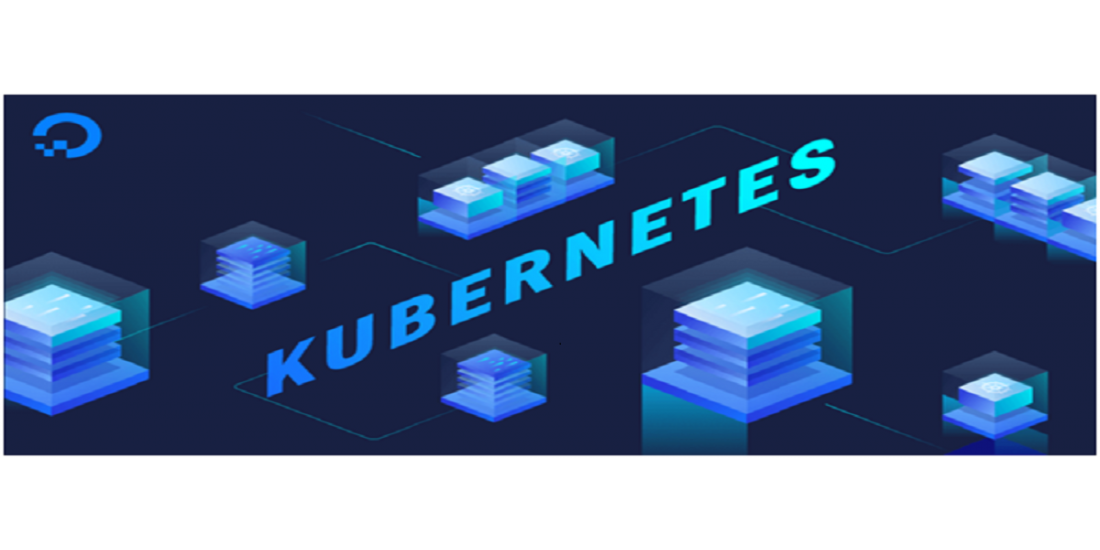
Everything you should know about containers with Kubernetes
Kubernetes is an open-source system for automating deploying, scaling, and management of containerized applications. And as Kubernetes is open-source, with relatively few restrictions on how it can be used. It can be used to run containers, anywhere they want to run them, on-premises, in public cloud or both.
In other words, you can cluster together a group of hosts running Linux containers, and Kubernetes helps you to manage those clusters easily.
While majorly,Kubernetes is oftenly used with Docker, the most popular containerization platform, it may also work with any container platform that conforms to the Open Container Initiative (OCI) standards for container image formats and runtimes.
Kubernetes is best suited platform for hosting cloud-native applications that require rapid scaling, such as real-time data streaming through Apache Kafka.
Kubernetes was originally designed and developed by engineers at Google. Google was one of the early contributors in Linux containers and has talked publicly about how everything at Google runs in containers.
Google open-sourced Kubernetes in 2014, in part because of the distributed microservices and Kubernetes and potentially driving customers to its cloud services.
How Kubernetes Works
The Primary benefit of using Kubernetes in your environment is that it gives you the platform to schedule and run containers on clusters of physical and virtual machines.
More broadly, it helps you fully implement and rely on a container-based infrastructure in production environments. And because Kubernetes is all about the automation of operational tasks, you can do many of the same things other application platforms or management system let you do- but for your containers
With Kubernetes you can:
- Containers can be orchestrated across multiple hosts.
- Make better use of underlying hardware to maximize the use of resources required to run your enterprise applications.
- Automate and control application deployments and updates.
- Mount and add storage to run stateful apps.
- Scale containerized applications and their resources on the fly.
- Declaratively managed services, which guarantees the deployed applications are always running the way you intended them to run.
- Health-check and self-heal your apps with auto-placement, auto restart, auto replication, and auto-scaling.
Kubernetes Architecture
Kubernetes’s architecture uses various concepts and abstractions. Few of these are variations on existing, familiar notions, but others are specific to Kubernetes
Kubernetes Cluster
The highest level Kubernetes abstraction, the cluster, refers to the group of machines running Kubernetes and the containers managed by it. A Kubernetes cluster has a master, the system that commands and controls all other Kubernetes machines in the cluster. The Kubernetes cluster with high availability replicates the master’s facilities across multiple machines. But only one master can be used for job-scheduler and controller-manager.
Kubernetes nodes and pods
Each cluster contains Kubernetes nodes. Nodes might be physical machines or VMs. Again, the idea is an abstraction: Whatever the app is running on, Kubernetes handles deployment on that substrate.Kubernetes also makes it possible to ensure that specific containers run only on VMs or only on bare metal.
Nodes run pods, the most basic Kubernetes object that can be created and managed. Each node represents the single instance of an application or running process in Kubernetes, and consist of one or more containers. Kubernetes start, stop, and replicate all the containers in the pod as a group. Pod keeps the user’s attention on the application rather than the containers. Pods are created and terminated on nodes as needed to conform to the desired state specified by the user in the pod definition. Kubernetes provides an abstraction that is called as the controller for dealing with the logistics for how pods are spun up, rolled out, and terminated. Controllers come in few different flavors depending upon the kind of application is being used. For example, the recently introduced StatefulSet controller is used to cater the requirement where the application that needs persistence state. Another kind of the controller is deployment which is used to scale an app up or down, update an app to the new version or to roll back an app to a known good version if there’s a problem.
Kubernetes Dashboard

Kubernetes’ dashboard is that in which the Kubernetes component helps you to keep on top of all of these components. It is a web-based UI in which you can deploy and troubleshoot apps and manage cluster resources. It is not installed by default, but adding it is no too much trouble.
Benefits of Kubernetes for Companies
- Control and automates deployments and updates
- Save money by optimizing infrastructural resources
- Orchestrate containers on multiple hosts
- Solve many common problems deriving by the proliferation of containers by organizing them in pods
- Scale resources and application in real-time
- Test and auto-correction of the applications
- Using Kubernetes and its huge ecosystem can improve your productivity
Kubernetes helps your application to run more stable

